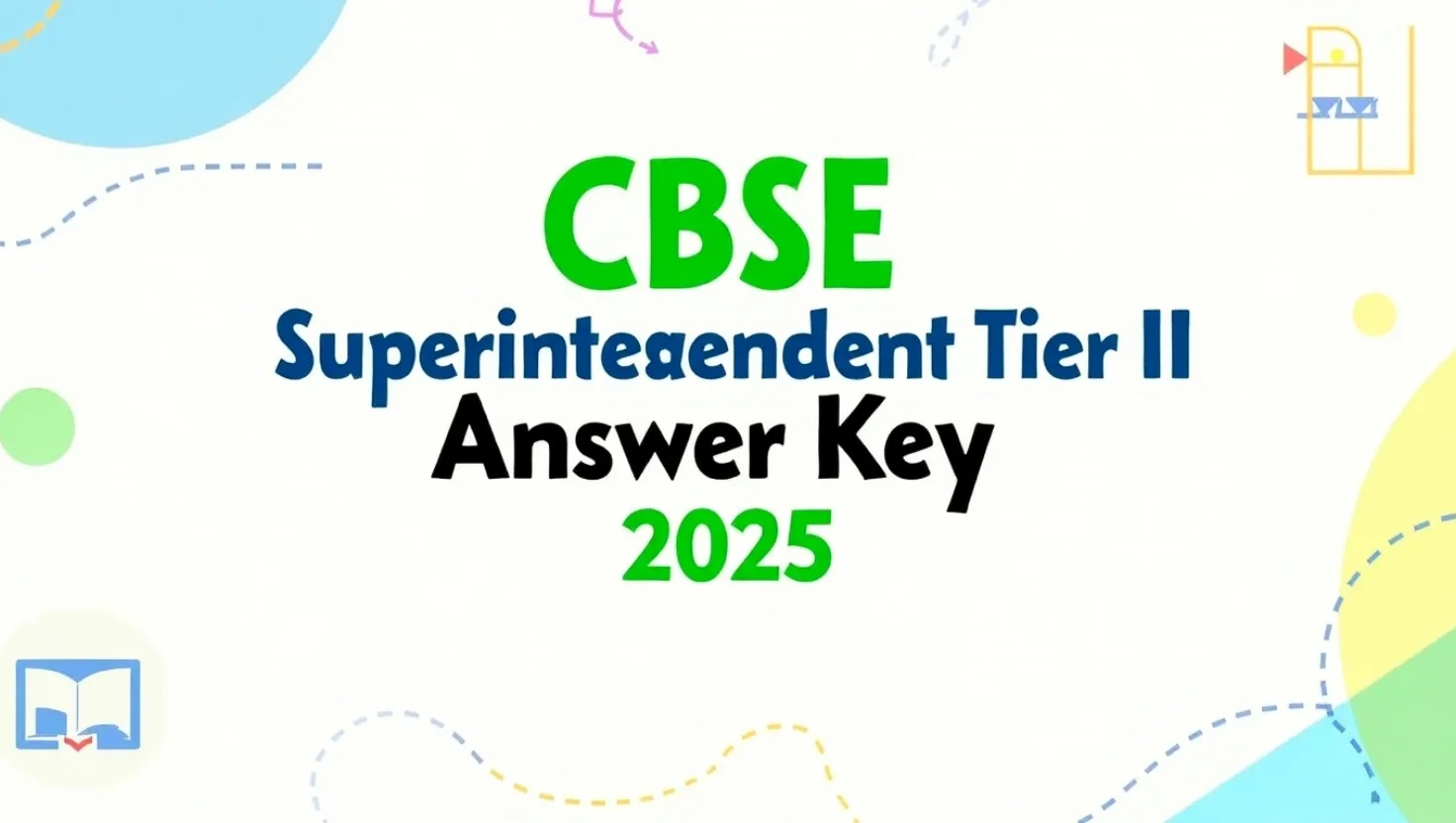The JEE Main Paper 1 for Shift 1 held on 9th January 2019 was one of the earliest computer-based tests conducted by the National Testing Agency (NTA) after taking over the responsibility from CBSE. This paper followed the new pattern introduced by NTA and consisted of 90 questions in total — 30 each from Physics, Chemistry and Mathematics. The difficulty level was overall moderate, with Physics considered the trickiest and Chemistry the most scoring. Students who appeared in this shift have often shared that while the questions were not out of syllabus, a few of them required good speed and accuracy to solve within time.
I wanted to highlight this paper in particular because it gives a true reflection of how the new online JEE Main format was structured when NTA first conducted it. Many aspirants search for PDFs from this period for practice but struggle to find well-organised versions with reliable solutions. As a content creator focused on helping JEE aspirants, I find it useful to bring attention to important shifts like this one, which can help future students familiarise themselves with both question types and paper strategy. Analysing this paper also offers insights into how question trends have changed post-2019.
JEE Main 2019 Shift 1 Set 2 Paper – Overview
Here’s a basic summary of the paper format:
- Date of Exam: 9th January 2019
- Shift: Morning (Shift 1)
- Mode: Online (Computer-Based Test)
- Total Questions: 90 (30 each from Physics, Chemistry, and Mathematics)
- Maximum Marks: 360
- Marking Scheme: +4 for correct answer, -1 for incorrect answer
- Time Duration: 3 hours
Now let’s look at how each section performed in terms of difficulty and topics.
Physics
Physics had a mix of theory-based and numerical questions. Students felt it was the most time-consuming of the three sections. Some numerical questions were formula-based but needed unit conversions and careful calculation.
Topics Included:
- Current Electricity
- Work, Power & Energy
- Rotational Motion
- Ray Optics
- Semiconductors
Difficulty Level: Moderate to Tough
Chemistry
Chemistry was relatively easy, especially for those who had revised NCERT textbooks thoroughly. A good number of questions were direct, and a few required basic application of concepts.
Important Topics Covered:
- Mole Concept
- Coordination Compounds
- Organic Chemistry – Reactions and Mechanisms
- Periodic Table
- Surface Chemistry
Difficulty Level: Easy to Moderate
Mathematics
Maths was moderately tough with a few tricky questions that required more time. Calculus and Algebra dominated the paper. Speed and accuracy played a big role in this section.
Topics That Appeared:
- Definite Integration
- Matrices and Determinants
- Sequence and Series
- Probability
- Coordinate Geometry
Difficulty Level: Moderate
Benefits of Solving This Paper
Practising previous year papers like JEE Main 9th January 2019 Shift 1 is crucial for understanding the paper format, managing time under pressure, and tracking recurring topics. Set 2 of this shift gives a good balance between theory and numericals, which can really help improve both speed and conceptual clarity.
Solving this paper will help you:
- Get used to computer-based navigation
- Identify common question trends
- Improve accuracy by spotting traps in calculation-heavy questions
- Understand how to tackle NCERT-based questions in Chemistry
It’s a must-practice for anyone aiming above 180 marks in JEE Main.
Download PDF
Click here to download the JEE Main 2019 (9th Jan) Paper 1 Shift 1 Set 2 PDF



















